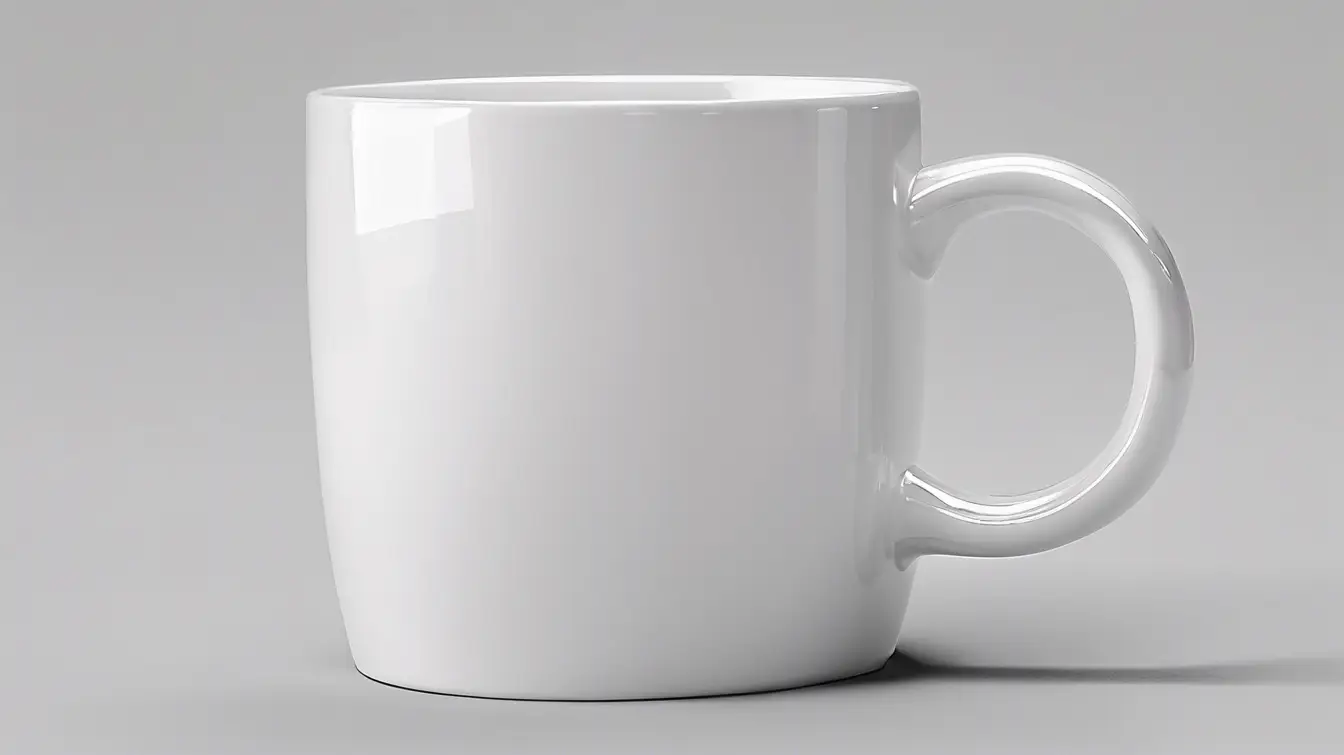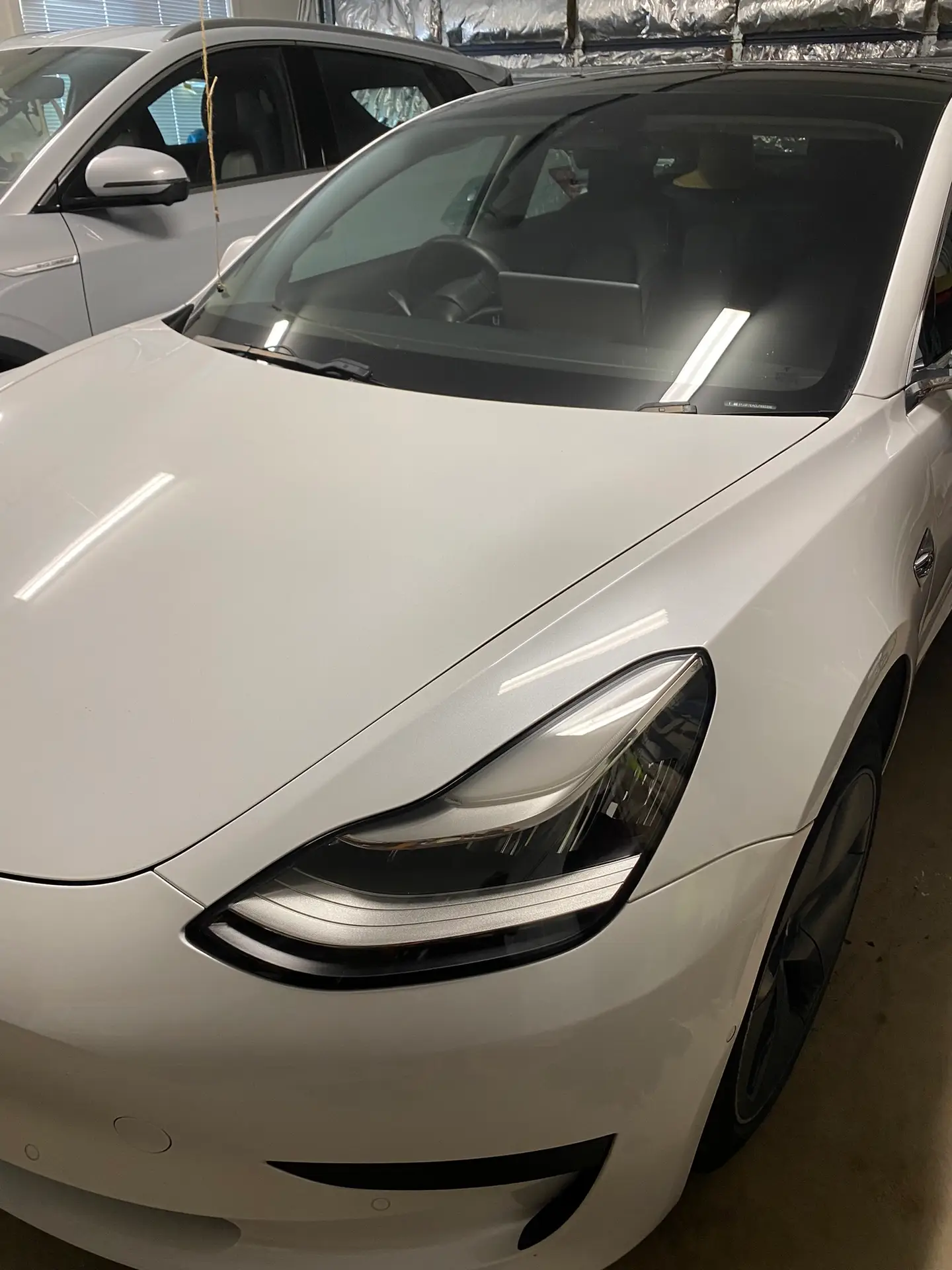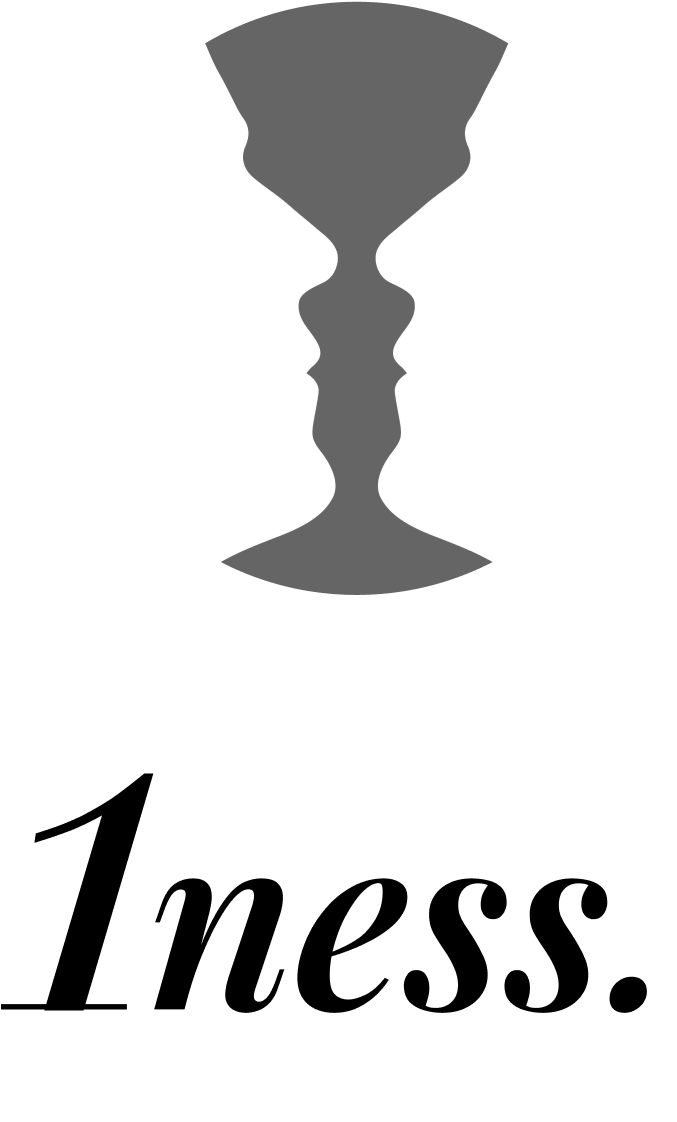The Cup exercise..
This exercise is designed to make apparent the difference between what we think that we see and what we actually see.
What we think that we see is usually what our minds tell us what we are seeing.
Our minds operate at a level of metaphor.
That is, at a conceptual level.
This is fine for communication purposes, but at a very early age, we start to believe that this is what is actually there. IT IS NOT!
Take a cup and place it in front of you.
Start looking at it and notice what thoughts are saying about what you see.
Consider the process of looking.
Are you looking for something, or at something?
Now consider the process of seeing.
First thoughts might be about the object that you were previously looking for, but that’s not where i want you to focus. Instead, i want you to investigate the process of seeing.
Watch thoughts as you consider who is seeing. Notice what happens to seeing as you consider this. Did the seeing stop?
Go back to simply watching thoughts as you look at the cup.
After a while of watching thoughts, they will get bored and slow down. Now look for spaces between thoughts.
Focus on seeing in the spaces. They may be milliseconds, but notice them.
There will be no labelling. ..and anyway, the colours, the textures, the shapes, etc will be too subtle, too complex to be accurately described.
As this seeing is happening, ask yourself can there be a seer or a seen without the seeing stopping.
Do it.
Focus in the colors and textures, then as you do this, ask yourself “Who is seeing?”
Notice what happens to those colors and textures as you consider this.
Now go back to focusing on the colors and textures and this time ask yourself “What is being seen?”
Again, notice what happens to those colors and textures as you consider this.
Did you find that there is only seeing?
That the who and the what only existed in thought?
When seeing stops, do you then recognize that you start relating to the concept of cup?
The concept of a cup is a story about the colors and textures. It includes that it has uses.
That it takes up space.
That it needs washing after use?
Did you discover that you weren’t actually seeing it anymore.
We look at it but recognize it as a vessel to contain something. The details have vanished, but the concept of cup prevails.

Ok, this (cup exercise) is worth staying with until we recognize a couple of things.
Now, I’m not saying that this is an absolute reality. It is just a particular perspective. Consider it.
In looking there is an activation of vision aimed at a mental image. i am looking for (that image) or I am looking at (a concept of an object) With seeing, I am seeing (a concept of an object) or I am seeing colors and textures and form. This is what was intended with the intense focus on the ‘cup’.
When you are really intensely focused on seeing the colors, texture, etc, then that is all there is. The (idea of) cup has disappeared. It is no longer, in this moment, an object to contain liquid for drinking. There is just seeing happening.
Then when the question (who is seeing?) is asked the intention is to recognize that seeing stops when it (the question) is considered. There is also the intention to recognize that the only possible answer is that the who, is mind stuff.

<—– This is a closeup of
this —–>
How accurate is it to call it white?

How accurately could you describe it to somebody that wasn’t seeing it?

